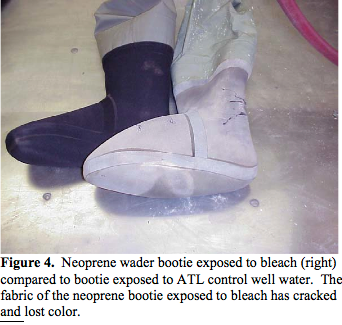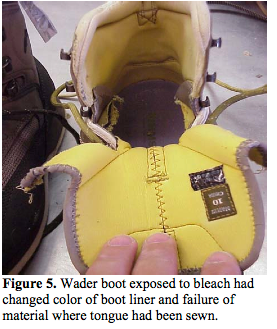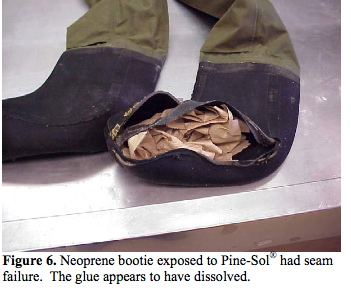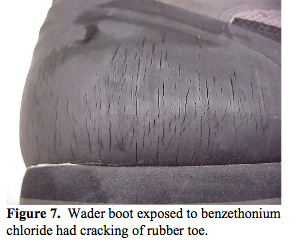The latest findings seem to indicate that Didymosphenia (rock snot) is native to North America and northern Europe, and that the troublesome increase in "blooms" of this algae are not due to its introduction to new areas but to changes in water temperature and chemistry. The panic began when New Zealand (this algae is NOT native to the southern hemisphere) banned the use of felt soles, believing that anglers from the US and Europe were the primary vector in its introduction.




 Reply With Quote
Reply With Quote




